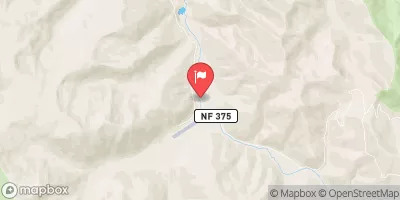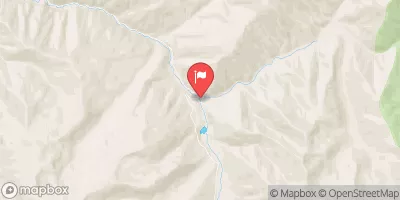Summary
The area is home to a variety of fish species, including native cutthroat trout, rainbow trout, and chinook salmon, making it a prime location for fishing enthusiasts.
Apart from fishing, visitors can indulge in activities like hiking, camping, and wildlife viewing. The area is home to a diverse range of wildlife, including elk, deer, bighorn sheep, and black bears.
To make the most of your fishing experience, it is recommended to use lightweight tackle and fishing rods with a 4-6 weight fly line. For bait fishing, spinners, and plugs work best.
The best time of year to visit the Wildlife Viewing South Fork Salmon - Fish Viewing area is from June to September. During this time, the weather is warm and sunny, with average temperatures ranging from 70-80°F. However, visitors should be prepared for sudden changes in weather, including thunderstorms and rain.
In summary, the Wildlife Viewing South Fork Salmon - Fish Viewing fishing area in Idaho, USA, is a fantastic spot for fishing enthusiasts and nature lovers. With a variety of fish species and nearby activities, visitors can enjoy a fulfilling outdoor experience. So pack your gear and plan your trip to the South Fork Salmon River for an unforgettable fishing adventure.
Weather Forecast
Nearby Streamflow Levels
Angling Safety Guidelines
Check local fishing rules, seasons, size limits, and license requirements to ensure legal and sustainable angling.
Handle Fish Responsibly
Use wet hands, minimize air exposure, and release fish gently to improve survival rates when practicing catch-and-release.
Choose the Right Gear
Match your rod, line, and tackle to the species and conditions to increase success and reduce unnecessary harm to fish.
Respect the Waterway
Avoid disturbing habitat, prevent bank erosion, and keep a safe distance from spawning areas to protect ecosystems.
Keep It Clean
Pack out all line, hooks, bait containers, and trash—discarded gear can injure wildlife and degrade waterways.







 Stolle Meadows Guard Station - Rental Cabin
Stolle Meadows Guard Station - Rental Cabin
 South Fork Salmon River
South Fork Salmon River
 Picnic Point Campground - reserve
Picnic Point Campground - reserve
 Picnic Point
Picnic Point
 Warm Lake
Warm Lake
 Warm Lake Campground - reserve
Warm Lake Campground - reserve